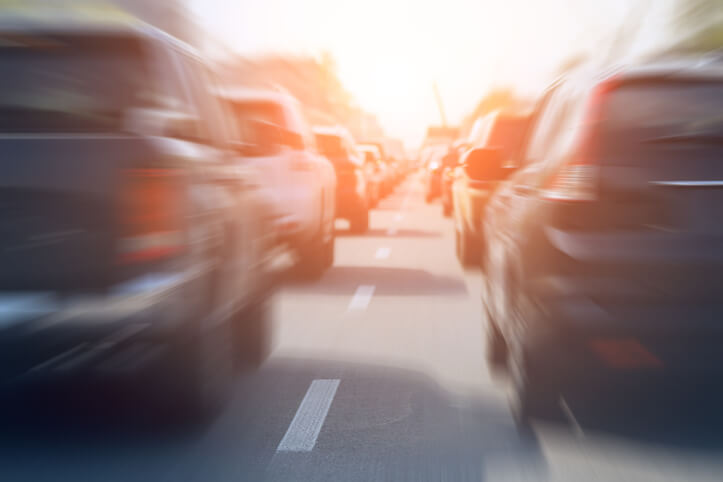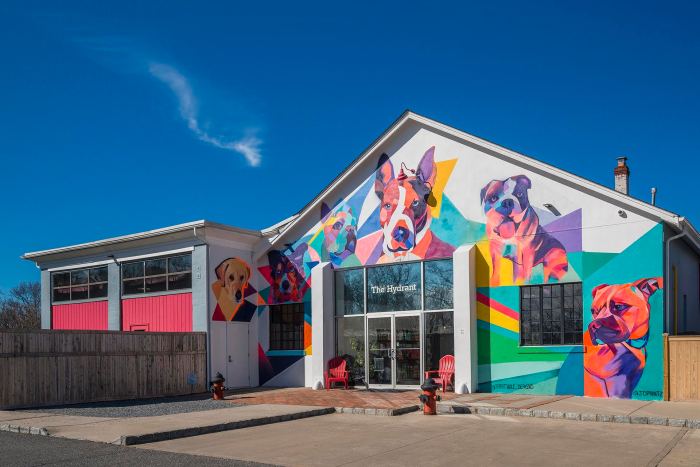Highway fatalities are dropping all over the world—but not in the United States. And Nassau and Suffolk, according to data from the National Highway Traffic Safety Administration (NHTSA), are two of the deadliest counties for traffic fatalities in New York State.
“The Exceptionally American Problem of Rising Roadway Deaths” was the front-page headline recently in The New York Times online edition. “The U.S. has diverged in the past decade from other comparably developed countries, where traffic fatalities have been falling,” said the article. “Safety advocates and government officials lament that so many deaths are often tolerated in America …”
The number of people dying in accidents on U.S. roads in recent years has been near 40,000 per year—and more (nearly 43,000) in 2021. The NHTSA data showed 934 fatalities on Long Island roads from 2016 to 2020, more than half (578) in Suffolk County. Suffolk had the most traffic fatalities of any county in the state during this period.
The Times article said: “Other developed countries lowered speed limits and built more protected bike lanes. They moved faster in making standard in-vehicle technology like automatic braking systems that detect pedestrians, and vehicle hoods that are less deadly to them. They designed roundabouts that reduce the danger at intersections …”
Meanwhile, “In the U.S. in the past two years, by contrast, vehicles have grown significantly bigger and thus deadlier to the people they hit.” Indeed, my experience driving on Long Island and looking out at the other cars on the road is that many, perhaps half these days, are sports utility vehicles or SUVs.
The size of a vehicle is one thing. Then there’s the condition of the person behind the wheel. The NHTSA says about 30% of all traffic fatalities in the U.S. involve drunk drivers.
We traveled to Norway a while back, a nation with far stronger penalties for drunk driving. An American who settled in Norway writing online relates that “in the U.S. one doesn’t think twice about” having a drink and driving home. “But,” says Heidi Grosch, “in Norway it is a different story. Here there is an almost zero tolerance for drinking and driving, in part because the accepted blood level of 0.2% is so low and the penalties are high. That is not to say Norwegians drink less than Americans, in fact some might argue that Norwegians drink more, but Norwegians are more likely to call a cab or have a designated driver.”
“We are not the only country with alcohol,” Beth Osborne, director of the group Transportation in America, told the Times. “We’re not the only country with smartphones and distraction.” But, related The Times: “Rather, she said, other countries have designed transportation systems where human emotion and error are less likely to produce deadly results on roadways.”
Then there are the reckless drivers and the issue of whether in the U.S. they are dealt with adequately. New York City Mayor Eric Adams has been calling for much tougher enforcement and penalties—including having their driver’s licenses revoked — permanently. Adams said at a press conference “we must be more proactive than reactive… There are people who are habitual, dangerous drivers. They speed, they have a total disregard for others, they are all always in a rush, no matter where they’re going, they don’t believe that there’s a speed limit. We need to find them proactively, and get them off the streets. And they’re continuous abusers, they have a total disregard for our streets and the safety of our citizens. Too many New Yorkers have lost their lives, and we are committed to stop this increase.”
A complication for Nassau and Suffolk is how both counties are car dependent. So much of the funding for transportation has long gone to road construction rather than public transit. When someone comes along with a different idea—like Lou Howard when he was presiding officer of the Suffolk Legislature and promoted a monorail train running in the center of the Long Island Expressway — it got nowhere. Traveling in Europe, one sees all kinds of alternatives to cars: trams, safe bicycle routes, trolleys, a wide variety of bus and train routes.

































